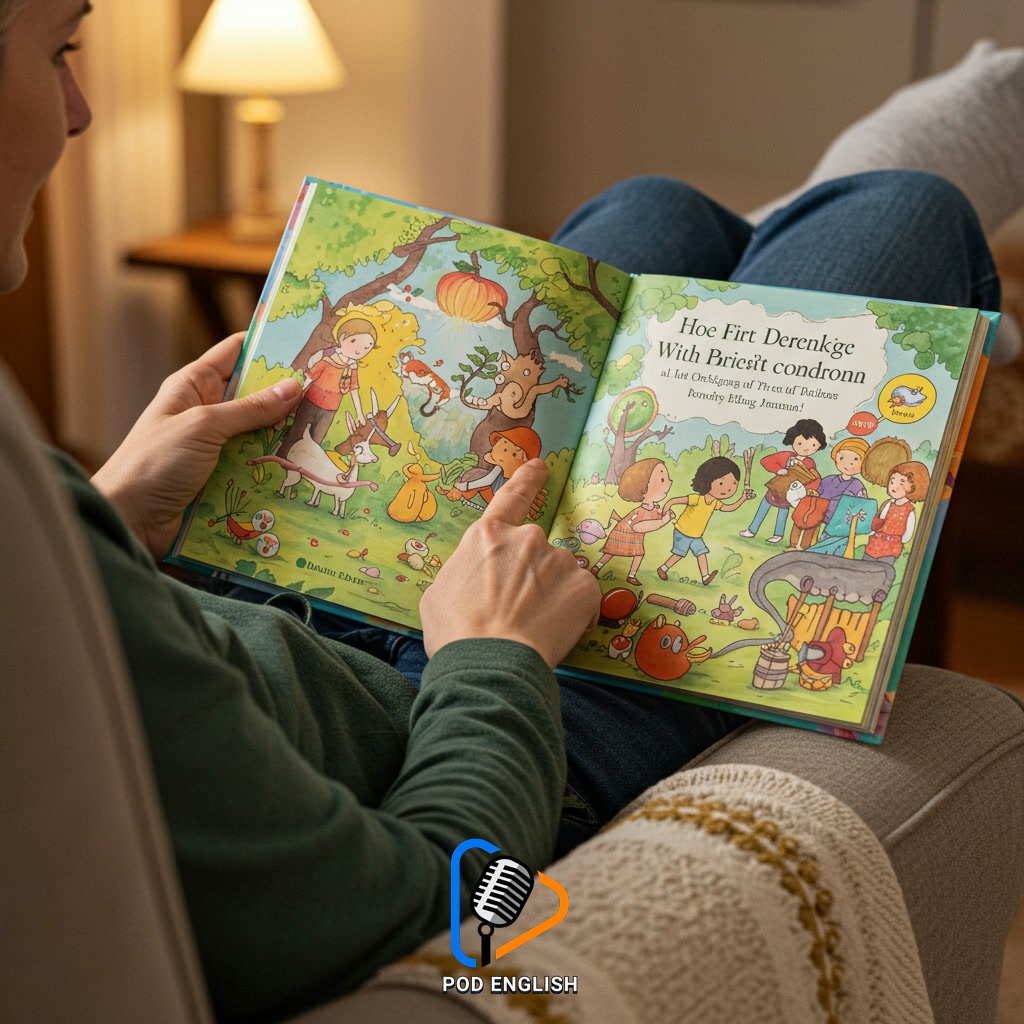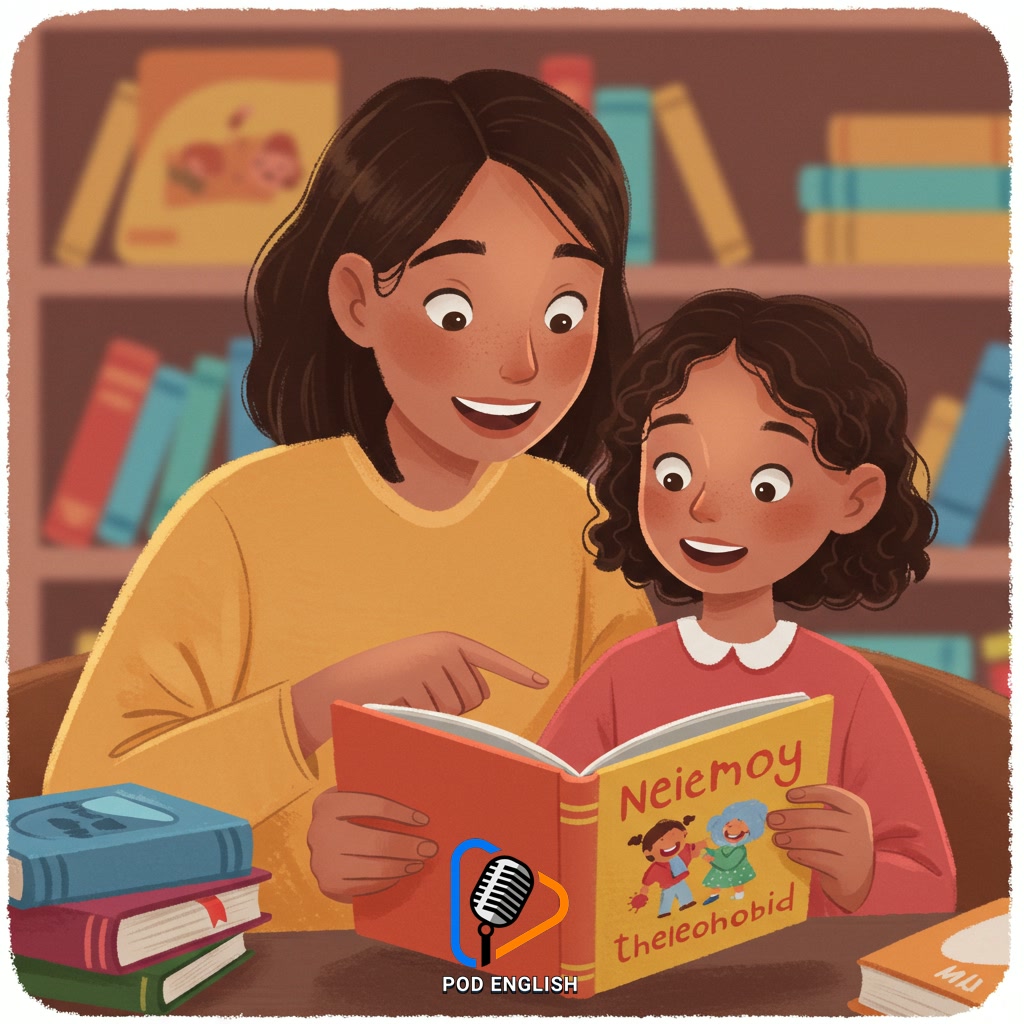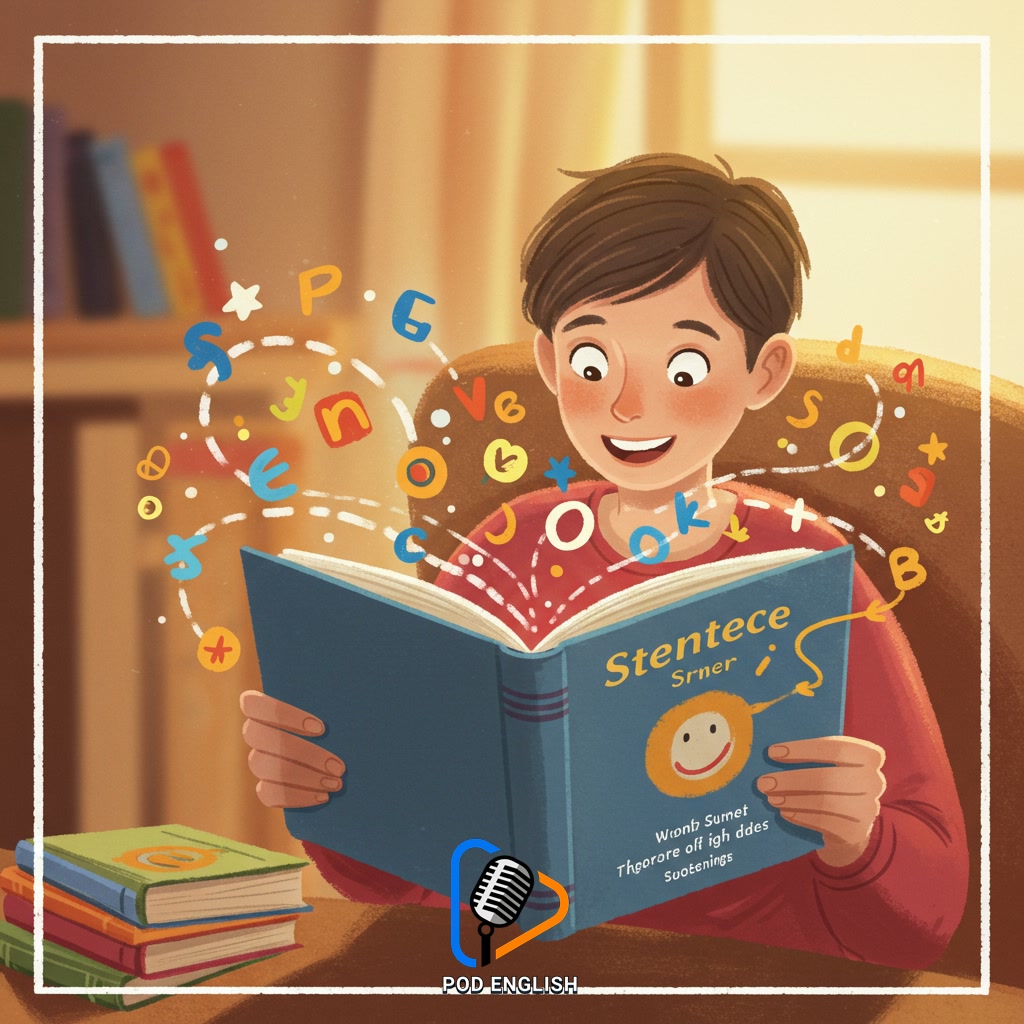Learn English
Learn English Effectively Through Engaging Children’s Books

Children’s books provide a delightful and accessible method for mastering English. Their straightforward language, repetitive phrasing, and captivating visuals simplify understanding and retention. Utilizing these resources offers an enjoyable and effective route to improving English proficiency and building confidence.
Table of Contents
- Section 1: Why Children’s Books Are Excellent Tools to Learn English
- Section 2: Choosing the Right Children’s Books for Your English Learning Level
- Section 3: Practical Strategies to Learn English Effectively Through Reading
- Section 4: Making the English Learning Process Engaging and Enjoyable
- Section 5: Expanding Vocabulary and Grammar Skills with Children’s Literature
Section 1: Why Children’s Books Are Excellent Tools to Learn English
Children’s books serve as exceptional resources for English language learners due to their inherent design. They feature simplified vocabulary and sentence structures, making the language accessible and less intimidating than complex texts. The use of repetition, common in children’s literature, reinforces new words and phrases, aiding memorization naturally. Furthermore, vibrant and illustrative pictures provide crucial context, helping learners understand meaning even when they encounter unfamiliar words. This combination of straightforward language, helpful repetition, and strong visual support creates an engaging and effective learning environment, building confidence as learners progress.

Why Children’s Books Are Excellent Tools to Learn English
Section 2: Choosing the Right Children’s Books for Your English Learning Level
Choosing children’s books that match your current English level is crucial for effective learning and maintaining motivation. For beginners, look for board books or simple picture books with very basic vocabulary, repetitive phrases, and clear, large illustrations that directly support the text. As you progress to an intermediate level, you can move to slightly longer picture books or easy readers with more varied sentence structures and a wider range of vocabulary, though still supported by visuals. Advanced learners might enjoy chapter books aimed at slightly older children, which offer more complex narratives and vocabulary without being overly dense. Consider ‘graded readers’ specifically designed for learners, which are level-marked, or explore popular series known for their accessible language at different stages.

Choosing the Right Children’s Books for Your English Learning Level
Section 3: Practical Strategies to Learn English Effectively Through Reading
Once you’ve chosen a book at the right level, practical reading strategies enhance learning. Start by reading the book aloud to practice pronunciation and fluency. Don’t worry about understanding every single word immediately; use the colorful illustrations as clues to the meaning and context. Rereading the same book multiple times is highly effective for reinforcing new vocabulary and grammar structures. Try to identify and guess the meaning of unfamiliar words from the surrounding text and pictures before checking a dictionary. After reading, try to summarize the story in your own words or discuss it with a friend or teacher if possible. Remember to enjoy the engaging stories and vibrant pictures; this enjoyment makes the learning process much more effective and sustainable.

Practical Strategies to Learn English Effectively Through Reading
Section 4: Making the English Learning Process Engaging and Enjoyable
Building on the foundation of reading aloud, the key to sustained progress is making the English learning process genuinely engaging and enjoyable. Don’t just read the words; immerse yourself in the story and its world. Pay close attention to the illustrations, which often provide crucial context and can spark imagination and discussion. Try acting out scenes or using different voices for characters to make the narrative more dynamic and memorable. After reading, take a moment to discuss what you liked, what was surprising, or how it relates to things you know or feel. Rereading favorite books isn’t just repetition; it builds confidence and deepens understanding while reinforcing vocabulary and grammar in a low-pressure way. The more fun you have, the more motivated you’ll be to continue learning.

Making the English Learning Process Engaging and Enjoyable
Section 5: Expanding Vocabulary and Grammar Skills with Children’s Literature
Building on making reading truly engaging, children’s literature serves as an excellent resource for actively expanding your English vocabulary and improving grammar skills. These books frequently use straightforward sentence structures and introduce new words within clear, understandable contexts, making it easier to infer meaning without constant dictionary use. The inherent repetition of words and phrases in many children’s stories reinforces learning, helping new vocabulary and grammatical patterns become more familiar and memorable. By immersing yourself in these simple narratives, you naturally absorb language elements, laying a solid foundation for more complex English structures and broadening your word bank in an enjoyable way.

Expanding Vocabulary and Grammar Skills with Children’s Literature













